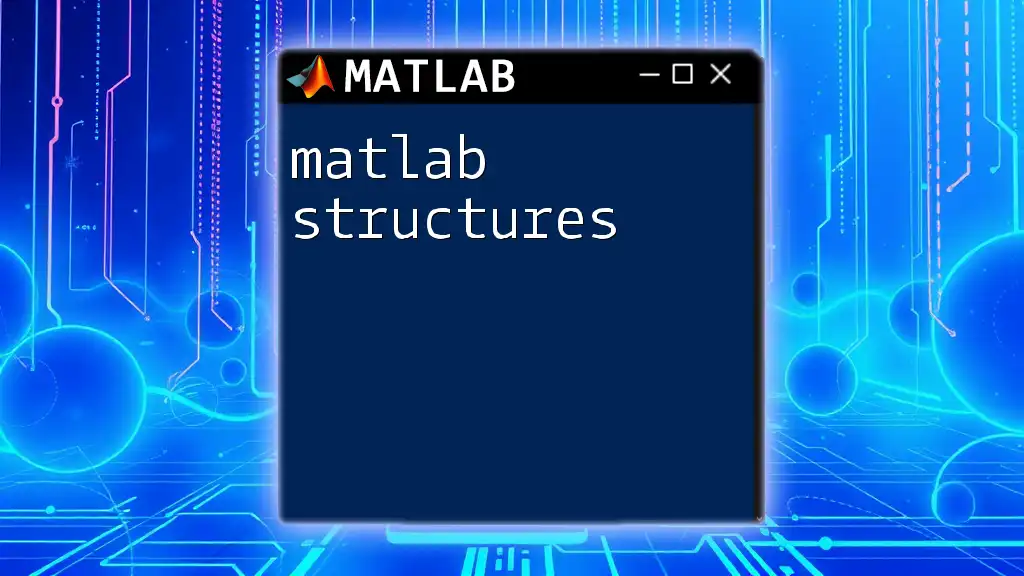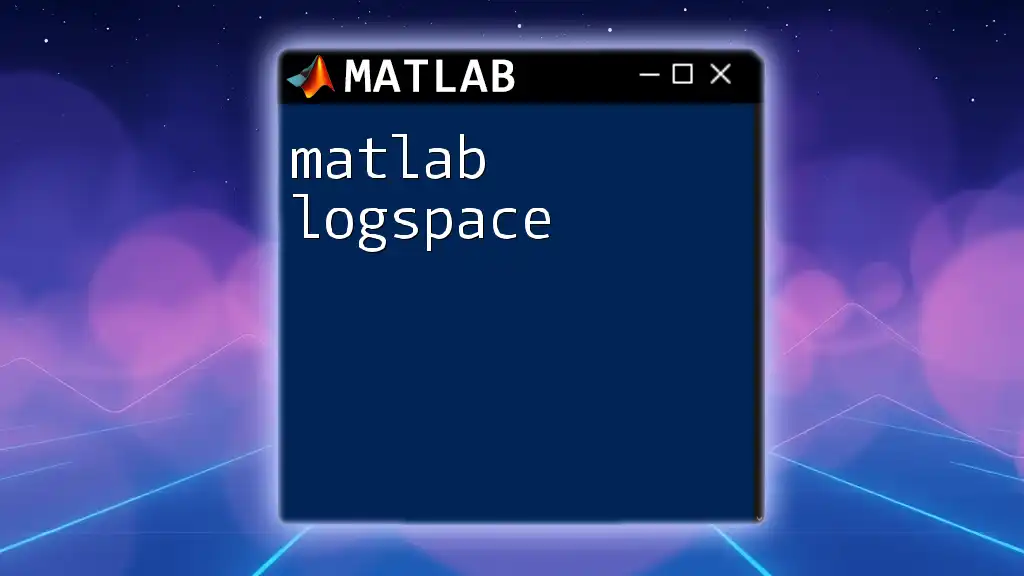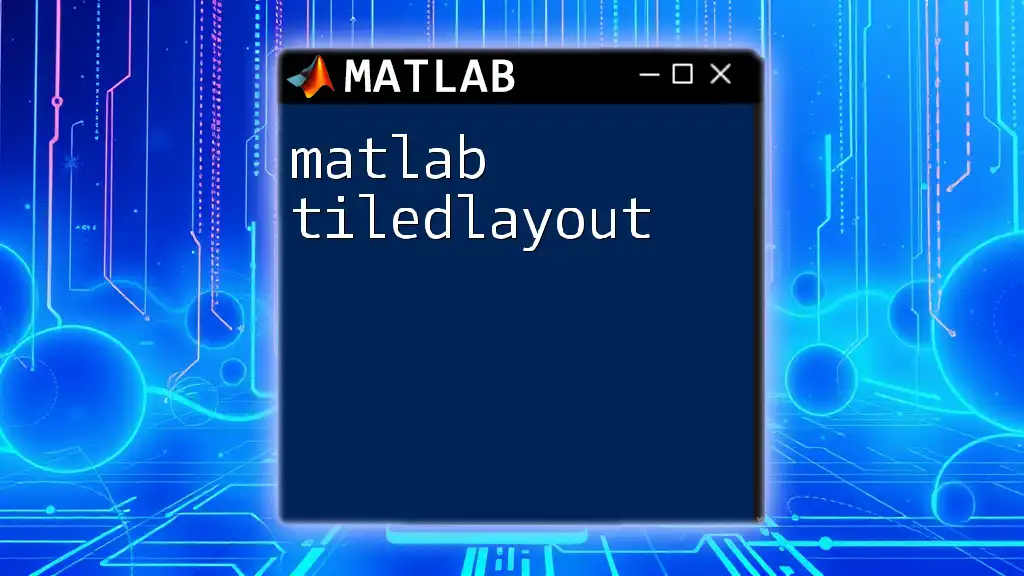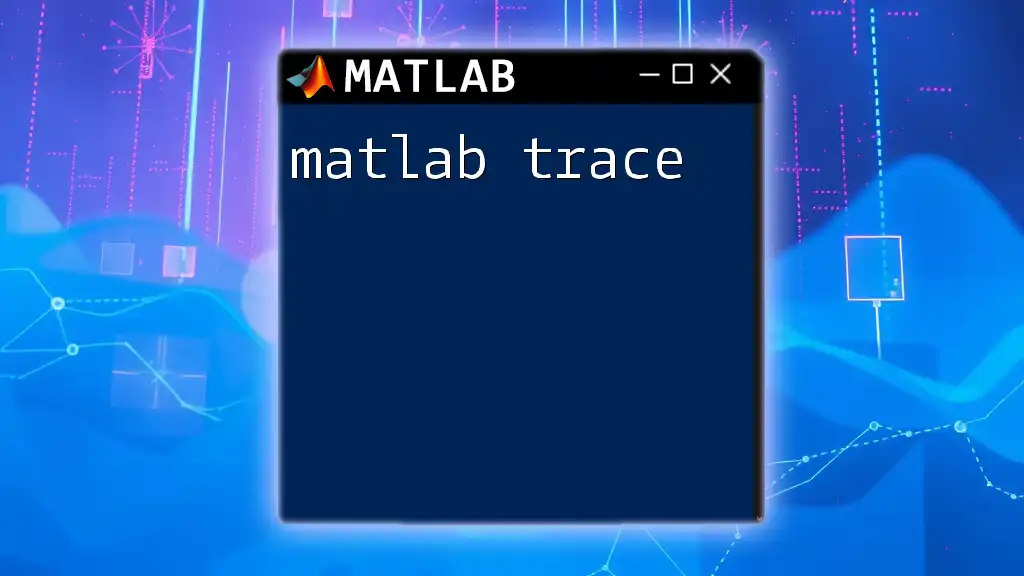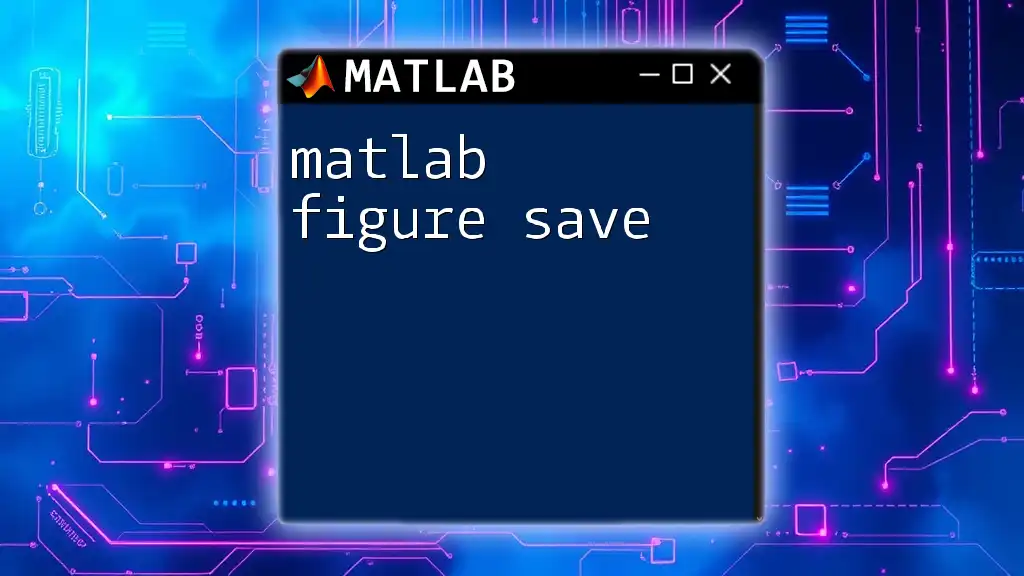In MATLAB, you can efficiently replace occurrences of a substring within a string using the `strrep` function, which takes the original string, the substring to be replaced, and the replacement substring as arguments.
originalString = 'Hello, World!';
newString = strrep(originalString, 'World', 'MATLAB');
Understanding Strings in MATLAB
What is a String?
In MATLAB, a string is a data type used to represent text. It can either be a character array, which is created using single quotes, or a string array that is created using double quotes. The distinction between these two is crucial in understanding how MATLAB handles string data.
Creating Strings in MATLAB
You can create strings in two ways:
- Character Arrays: These are created using single quotes. For example, `myString = 'Hello World';`
- String Arrays: These are created using double quotes. For instance, `myString = "Hello World";`
The choice between the two often depends on the context and requirements of your application.

The `strrep` Function
Introduction to `strrep`
The function strrep is specifically designed for replacing occurrences of a substring within a string. The general syntax of this function is as follows:
newString = strrep(originalString, oldSubstring, newSubstring)
Here, `originalString` is the string you want to modify, `oldSubstring` is the substring you wish to replace, and `newSubstring` is the new substring you want to insert.
Example of Basic Usage
Here is a simple example demonstrating how to use the strrep function:
original = 'Hello, world!';
newString = strrep(original, 'world', 'MATLAB');
disp(newString); % Output: Hello, MATLAB!
In this example, the original string "Hello, world!" is modified by replacing "world" with "MATLAB". The output illustrates how effective strrep can be for straightforward string replacements.
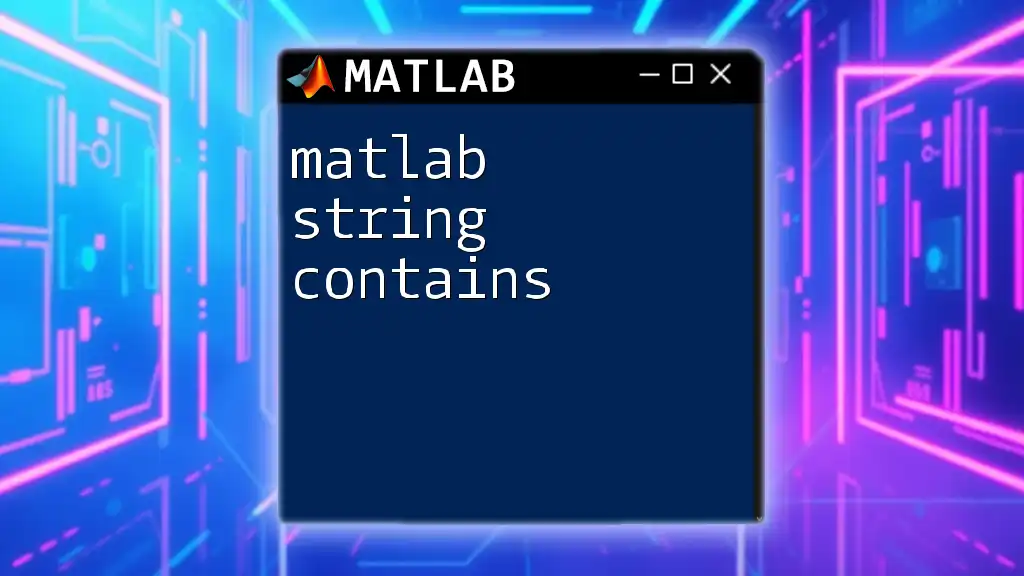
Advanced String Replacement Techniques
Using Regular Expressions with `regexprep`
For more complex string manipulations, regexprep allows you to replace substrings based on patterns defined by regular expressions. Regular expressions are powerful tools that can help you match and manipulate strings based on specific criteria.
The syntax for regexprep is:
newString = regexprep(originalString, pattern, replacement)
Example of Regular Expression Usage
Consider the following code snippet that uses regexprep to perform a more sophisticated replacement:
original = 'The quick brown fox jumps over the lazy dog';
newString = regexprep(original, '\blazy\b', 'active');
disp(newString); % Output: The quick brown fox jumps over the active dog
In this example, the pattern `'\blazy\b'` is used to find the exact word "lazy" and replace it with "active". The \b denotes a word boundary, ensuring that only the whole word is replaced, preventing unintended changes in longer words containing "lazy".

Comparing `strrep` and `regexprep`
When to Use `strrep`
The strrep function is excellent for simple substitutions where you need to replace one specific substring with another. It is particularly useful for:
- Straightforward replacements without the need for regex.
- Situations demanding high performance with short strings, since it generally processes faster than regex.
When to Use `regexprep`
In contrast, regexprep is far more versatile and suitable for:
- Complex string manipulations where you need to match patterns or account for variations, such as case sensitivity or different character classes.
- Advanced search-and-replace operations, where regex provides the pattern-matching capabilities to handle sophisticated requirements.
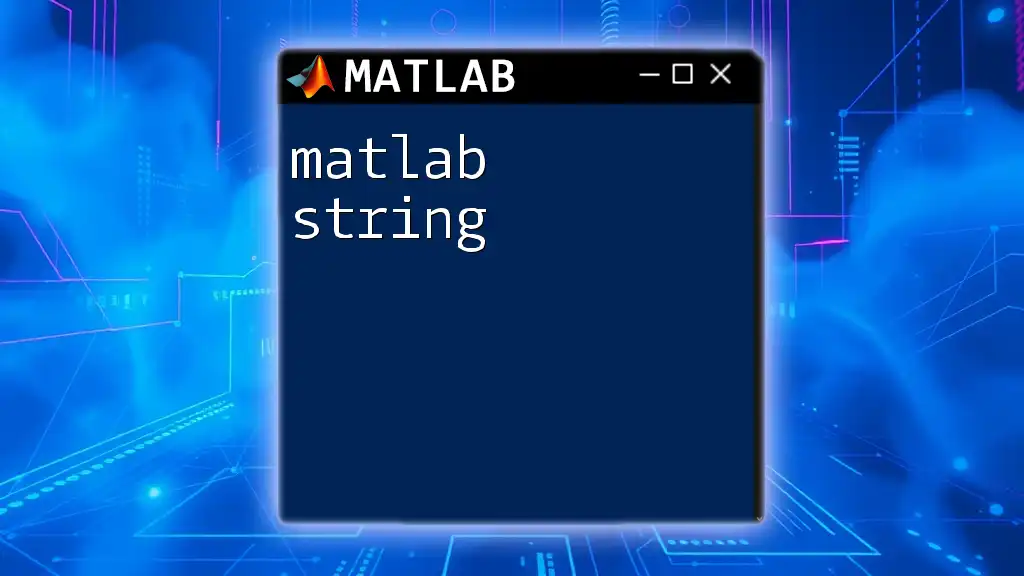
Custom String Replacement Functions
Creating Your Own Replacement Function
Sometimes, your projects may require niche features that are not built into MATLAB by default. In such cases, you might benefit from creating a custom replacement function tailored to your specific needs.
Here is a simple implementation of a custom replacement function using strrep:
function newString = customStrReplace(originalString, oldSubstring, newSubstring)
newString = strrep(originalString, oldSubstring, newSubstring);
end
Example Usage of the Custom Function
You can easily use this custom function as follows:
original = 'Learning MATLAB is fun!';
newString = customStrReplace(original, 'fun', 'awesome');
disp(newString); % Output: Learning MATLAB is awesome!
This function takes the original string and replaces the specified substring, demonstrating how easy it is to extend MATLAB’s capabilities.
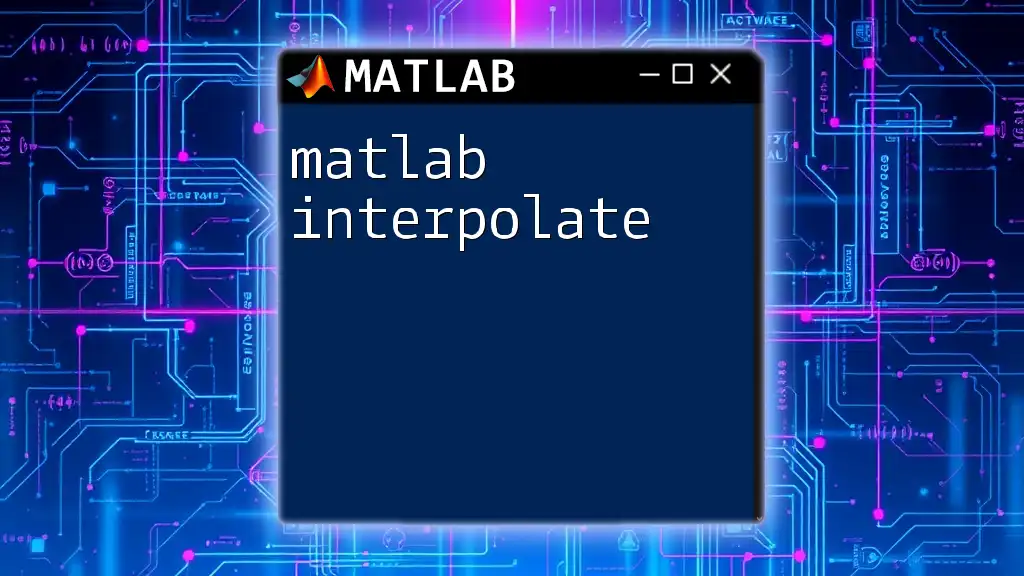
Common Pitfalls and Troubleshooting
Potential Issues with String Replacement
While string replacement can be straightforward with strrep and regexprep, there are some common issues you may encounter:
- Case Sensitivity: Both functions are case-sensitive, which can lead to unintended results if the case does not match.
- Special Characters: If your strings include special characters (e.g., *, +, ?, etc.), they may need to be escaped in the pattern for regexprep. Failing to do so could result in errors or unexpected behavior.
Debugging Tips
Here are some strategies for identifying and resolving errors in string replacement:
- Use breakpoints to check values during execution.
- Utilize the `disp()` function to print intermediate results and check if your strings are being modified as expected.

Practical Applications of String Replacement
Understanding matlab string replace functionalities can open doors to various applications:
- Data Cleaning: When preparing datasets, replacing unwanted or inconsistent strings is crucial for integrity.
- Automated Report Generation: You can easily format and customize reports by replacing placeholders in template strings.
- Visualization: Preparing labels or titles in plots often requires string manipulation, making it a valuable skill.

Conclusion
In this guide, we explored the essentials of MATLAB string replacement using both strrep and regexprep. Mastery of these functions provides you with the tools needed to manipulate text efficiently, which is invaluable for debugging, data processing, and automating repetitive tasks.
Encouragement to Practice
I encourage you to try out the examples and functions discussed here in your own MATLAB environment. Experimentation with string replacement can enhance your programming skills and confidence in using MATLAB.
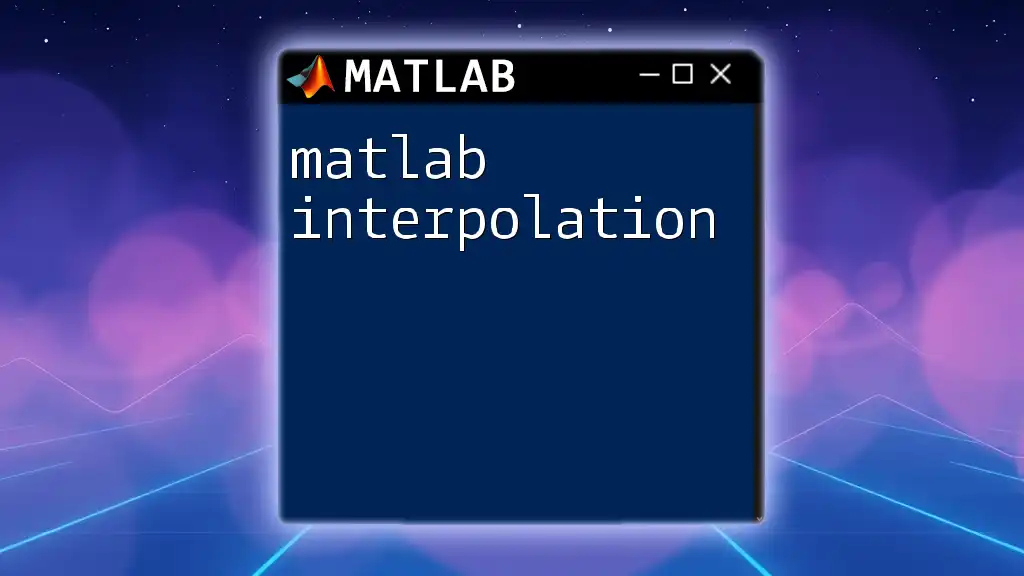
Additional Resources
To deepen your knowledge on string manipulation, consider exploring:
- The official MATLAB documentation on string functions.
- Online tutorials specifically focused on mastering MATLAB programming.
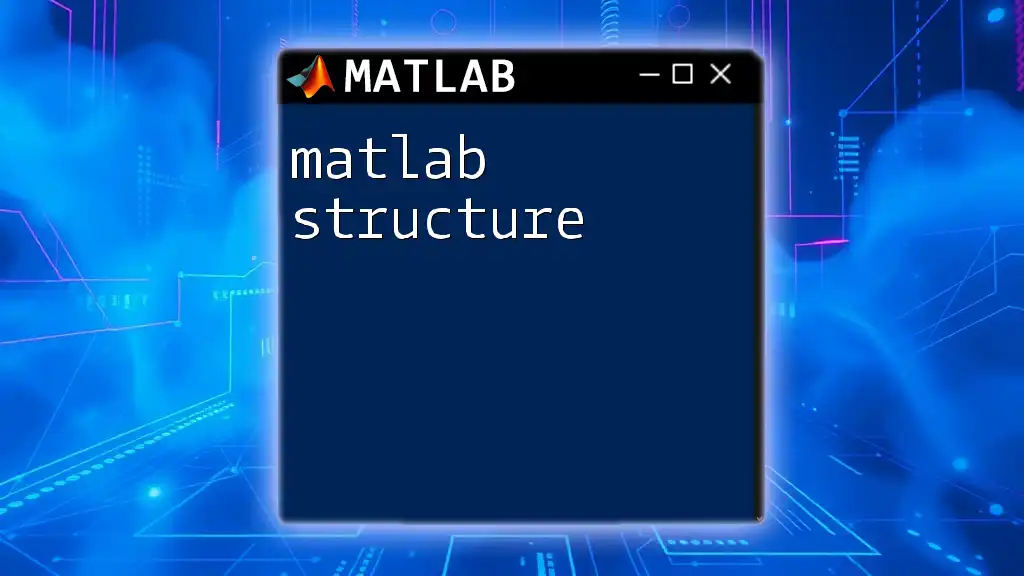
FAQs
Frequently Asked Questions about String Replacement in MATLAB
-
What is the difference between `strrep` and `regexprep`?
- strrep is used for straightforward replacements, while regexprep utilizes regular expressions for more complex pattern matching.
-
How do I perform case-insensitive replacements?
- For case-insensitive replacements, you may need to convert your strings to either lower or upper case manually before calling the replacement functions, as both are case-sensitive by default.
By understanding and utilizing matlab string replace effectively, you can greatly enhance your text manipulation skills within the MATLAB environment.







